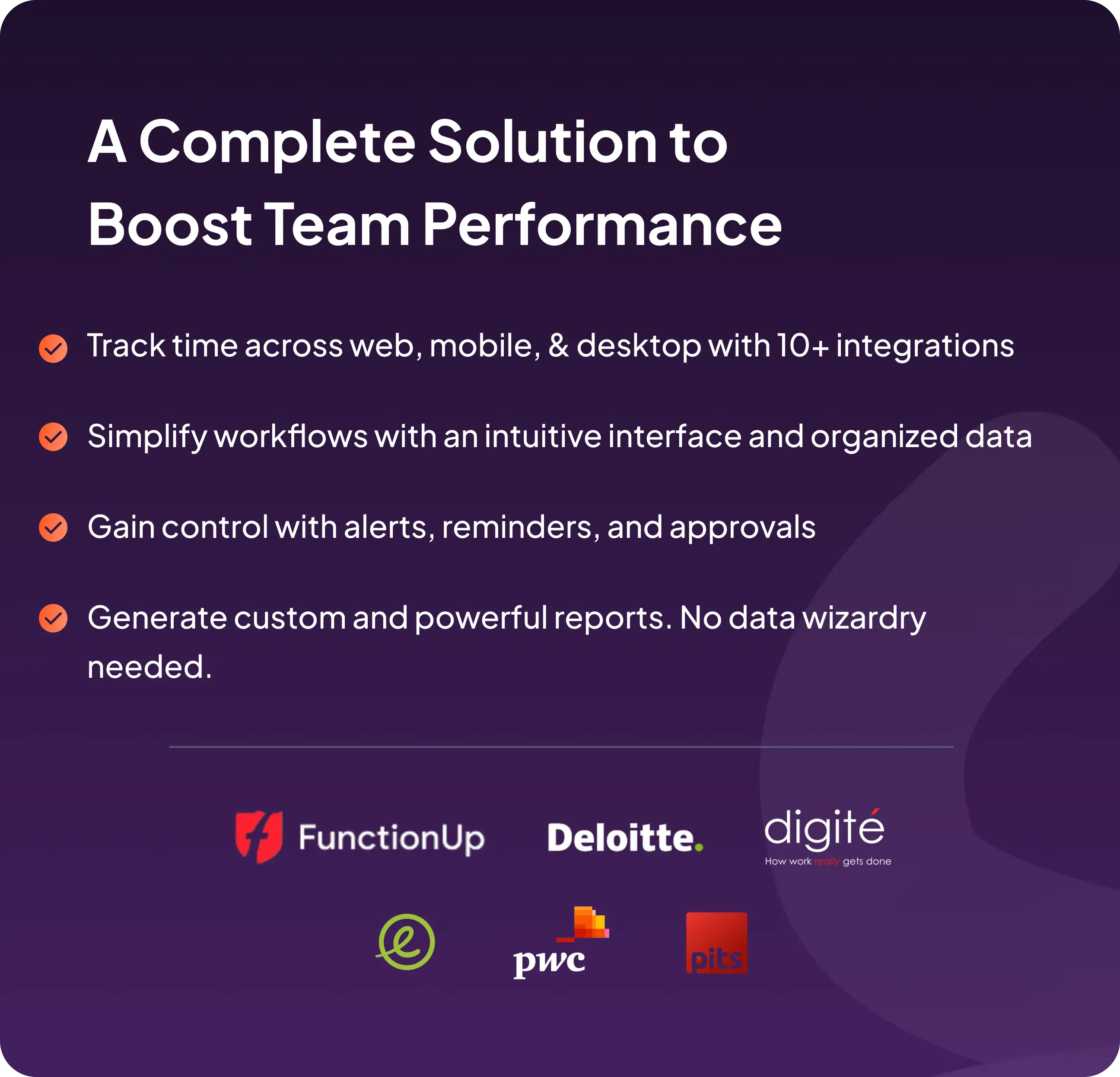Achieving Business Performance Standards: A Comprehensive Guide
In today's competitive business landscape, achieving optimal performance standards is crucial for success. Every organization aims to surpass industry benchmarks…
- 4.6/5
- Trusted by 36K+ users

In today’s competitive business landscape, achieving optimal performance standards is crucial for success. Every organization aims to surpass industry benchmarks and maximize productivity, efficiency, and profitability. In this comprehensive guide, we will explore the key strategies and practices that can help your business outperform competitors and reach new heights. From setting performance goals to implementing effective measurement techniques, we will provide you with actionable insights to excel in your industry.
Setting Clear Performance Goals
Setting clear and measurable performance goals is the foundation for driving success. By defining specific objectives, you provide your team with a sense of direction and purpose. To set meaningful goals, consider the following:
1. Identify Key Performance Indicators (KPIs)
Start by identifying the most relevant Key Performance Indicators (KPIs) for your industry. These are specific metrics that directly impact your business’s success. For example, if you’re in the e-commerce industry, KPIs such as conversion rate, average order value, and customer acquisition cost would be crucial.
2. Align Goals with Organizational Strategy
Ensure that your performance goals are aligned with your overall organizational strategy. By doing so, you ensure that every effort contributes to the bigger picture. For instance, if your strategy revolves around enhancing customer satisfaction, your performance goals may focus on reducing response time or improving product quality.
3. Establish Realistic and Ambitious Targets
While it’s essential to set challenging goals, they should also be attainable. Setting unrealistic targets can demotivate your team and hinder progress. Strive for a balance between ambition and achievability, pushing your team to excel while still maintaining a sense of realism.
Developing a Performance-driven Culture
A performance-driven culture is instrumental in achieving and sustaining high standards. It involves fostering an environment where continuous improvement is valued and rewarded. Here are key elements to consider:
1. Encourage Collaboration and Communication
Promote open lines of communication and collaboration within your organization. Encourage employees to share ideas, feedback, and best practices. By fostering a culture of teamwork, you enhance problem-solving capabilities and drive innovation.
2. Provide Opportunities for Skill Development
Invest in the growth and development of your employees. Offer training programs, workshops, and mentoring opportunities to enhance their skills and expertise. Empowered and knowledgeable employees are more likely to deliver exceptional results.
3. Recognize and Reward Performance
Recognize and reward exceptional performance to motivate your employees. Implement a comprehensive performance evaluation system that acknowledges individuals or teams that consistently exceed expectations. Whether through monetary rewards, public recognition, or career advancement opportunities, make sure to celebrate achievements.
Implementing Effective Performance Measurement Techniques
To monitor progress and drive improvement, implementing effective performance measurement techniques is crucial. Here are some valuable strategies:
1. Regular Data Analysis
Regularly analyze relevant performance data to gain insights into your organization’s strengths and areas for improvement. Leverage advanced analytics tools to track KPIs and identify trends and patterns. This data-driven approach enables you to make informed decisions and drive targeted improvements.

2. Continuous Monitoring and Feedback
Establish a system for continuous monitoring and feedback. Regularly assess progress toward goals and provide timely feedback to your team. This allows for course correction and enables individuals to improve their performance over time.
3. Performance Dashboards
Implement performance dashboards that provide real-time visibility into key metrics. Visual representations of data facilitate quick and easy interpretation, allowing stakeholders to identify trends and take immediate action when needed.
Enhancing Performance through Technology
Leveraging the right technologies can significantly enhance your organization’s performance. Here are a few ways technology can drive improvement:
1. Automation and Streamlining Processes
Identify manual and repetitive tasks that can be automated. By streamlining processes, you free up valuable time and resources, allowing your team to focus on higher-value activities. Automating workflows can reduce errors, improve efficiency, and accelerate overall performance.
2. Performance Management Software
Implement performance management software to streamline goal-setting, tracking, and evaluation processes. These platforms provide a centralized hub for performance-related data, making it easier to manage and measure individual and team progress.
3. Collaboration Tools
Invest in collaboration tools that enable seamless communication and knowledge sharing. Whether it’s project management software, instant messaging platforms, or virtual meeting tools, fostering collaboration enhances productivity and drives performance.

Conclusion
Outperforming competitors and achieving business performance standards is an ongoing endeavour. By setting clear goals, cultivating a performance-driven culture, implementing effective measurement techniques, and leveraging technology, your organization can excel in today’s dynamic business landscape. Embrace the strategies outlined in this comprehensive guide, and position your business for long-term success.
Remember, success doesn’t happen overnight. It’s the result of consistent effort, continuous improvement, and a commitment to excellence. Start implementing these practices today and watch your organization soar to new heights.
References
Related Post
Hubstaff vs Time Doctor: A Detailed Comparison
Hubstaff and Time Doctor are two leading time-tracking tools. Therefore, it’s crucial to consider their features efficiently to understand how…
Computer Monitoring: 6 Best PC Monitoring Software
Optimizing employee time and productivity while ensuring an efficient workflow is crucial today. Computer monitoring software allows businesses to explore…
Employee Performance Monitoring Concerns and Benefits
Employee performance monitoring is the process of evaluating an employee's efficiency and productivity at work. Monitoring employees can also be…






































